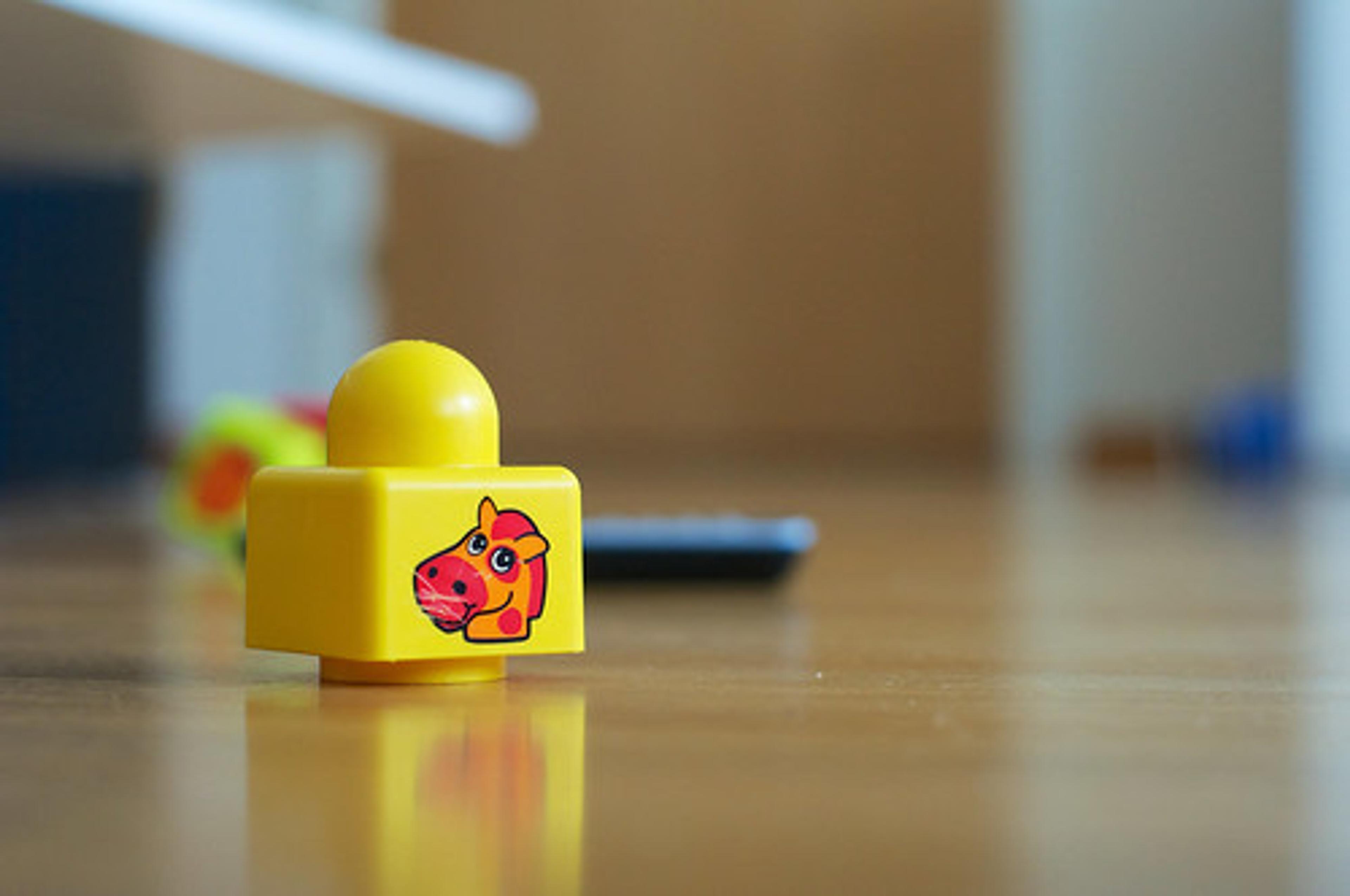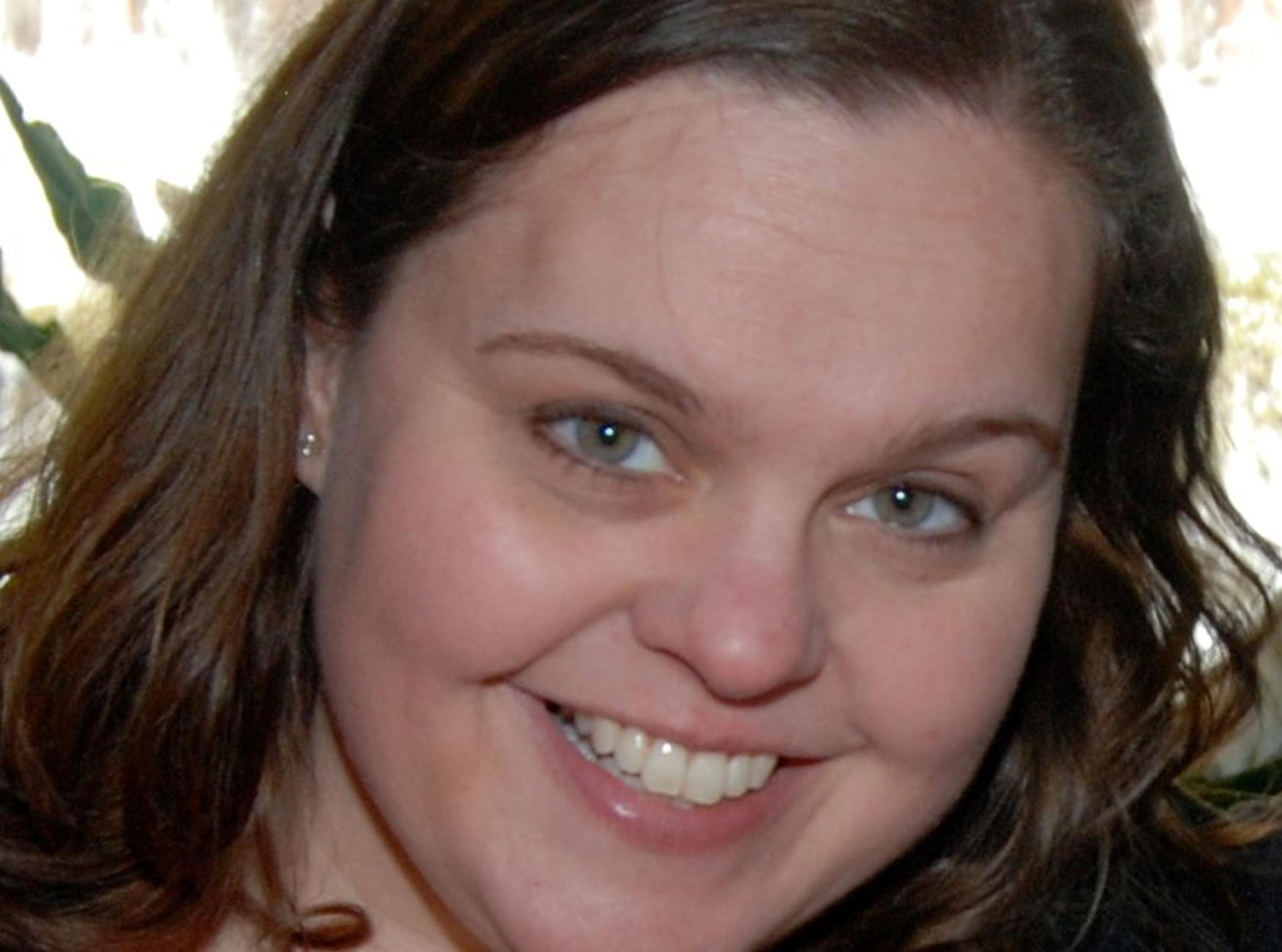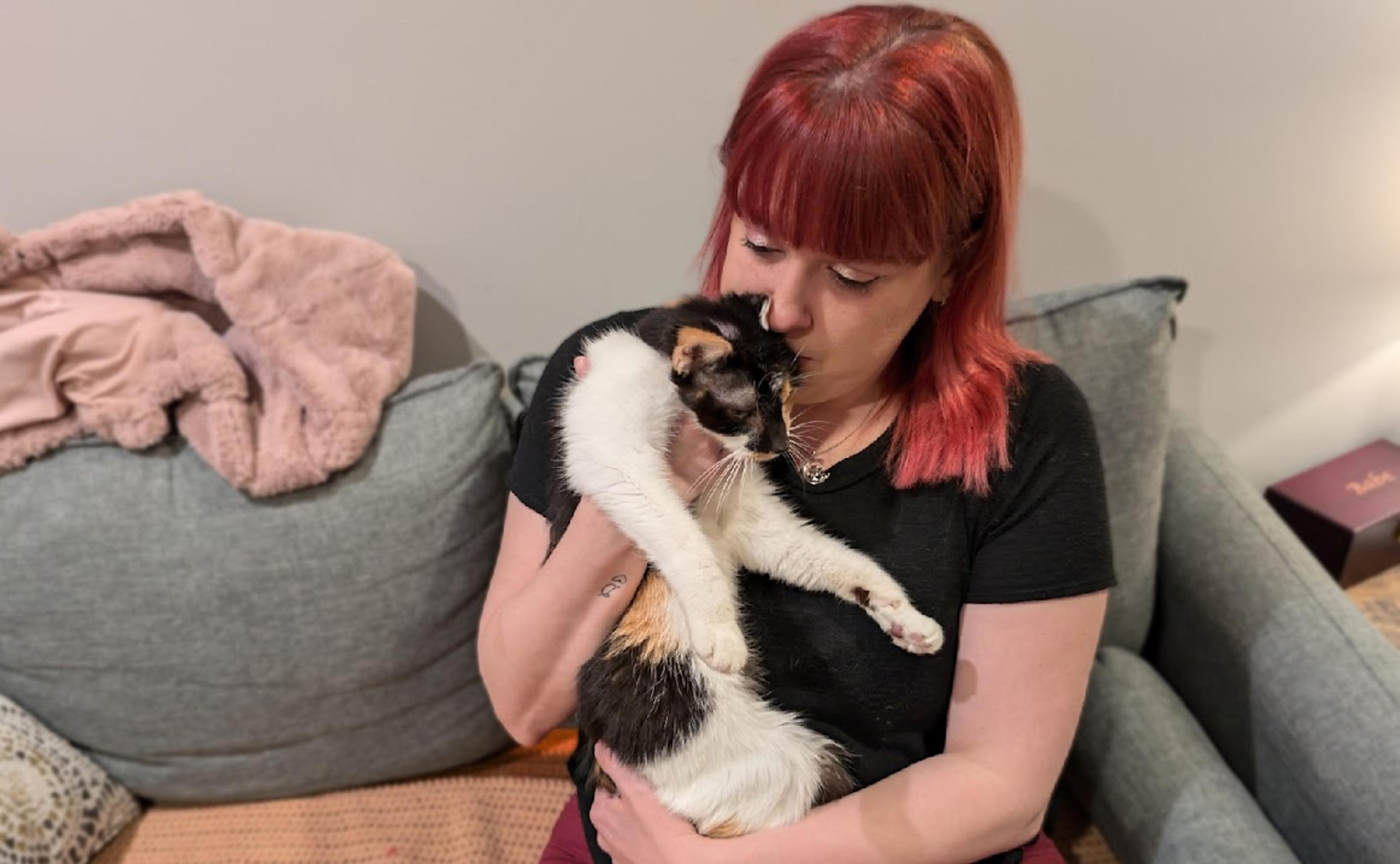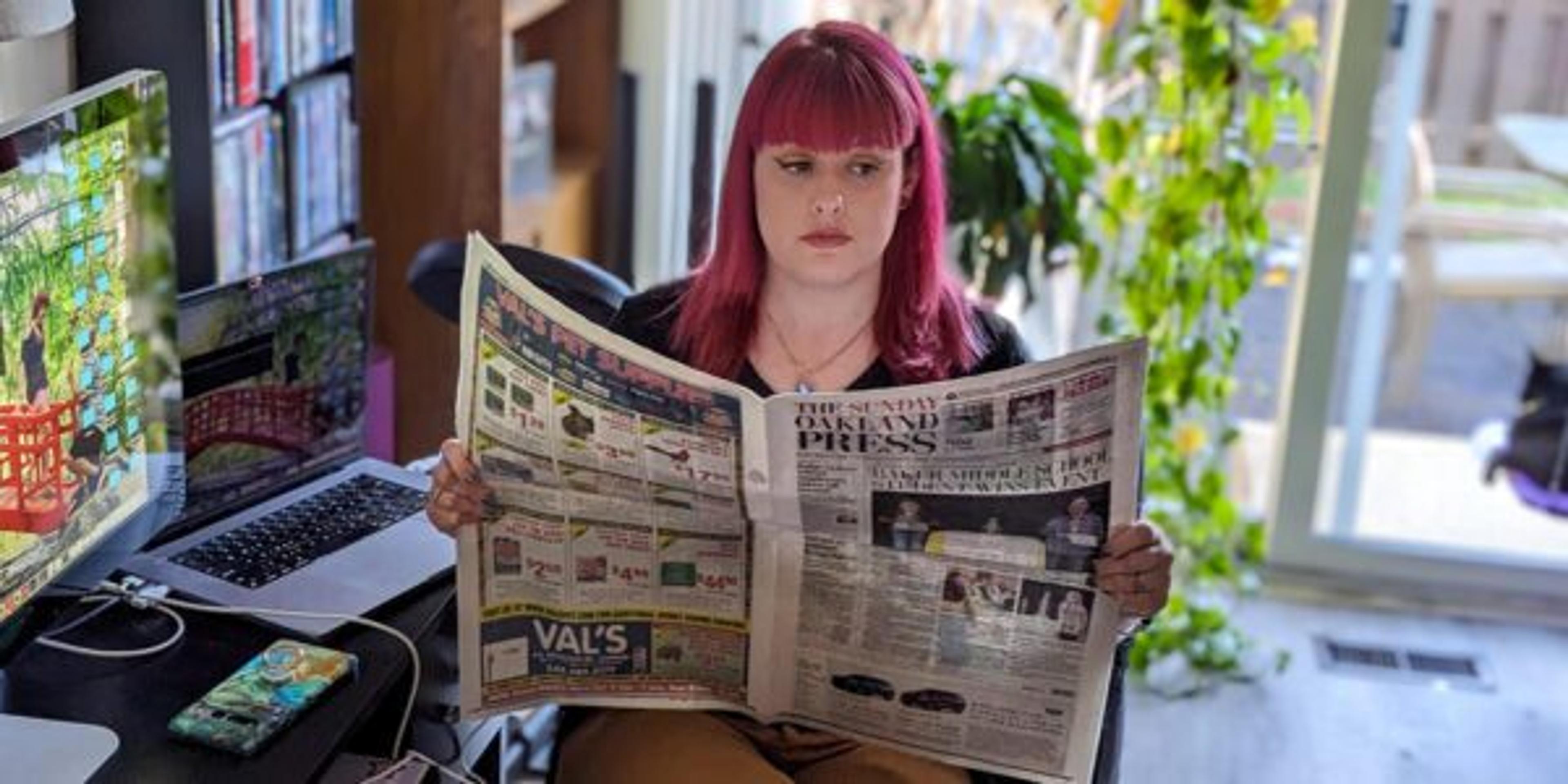Laura Hutchison, PsyD, LP, RPT/S ,a Blue Cross Blue Shield of Michigan provider, has been a practicing therapist since 1999. She obtained her Doctorate in Psychology (PsyD) in 2005 from The Center of Humanistic Studies (now called the Michigan School for Professional Psychology). She currently works part-time in her private practice in Farmington Hills, Mich., writes her own blog, PlayDrMom, and is a full-time mom of two young children.
Mental Health Month: What is Play Therapy?
3 min read

Ever noticed how part of your inner self comes out when you write a story, poem or song? Have you ever seen your inside reflected in a drawing, painting, or structure you created? Well, that’s kinda how play therapy works. Instead of talking out their concerns, children use toys and playful activities to gain understanding, process problematic issues and learn coping strategies. Play therapy uses the natural communication of play in the therapeutic relationship to accept, respect and understand clients.
With a rich history of pioneers (Anna Freud, Carl Rogers, Clark Moustakas and Charles Schaefer), play therapy has blossomed and continues to grow strong as an effective way to promote healing, growth and insight. Although primarily used with children ages 3 to 10, play therapy can be used with people any age (infants through the elderly). It can be used in individual therapy, as well as in group and family settings. Play therapy has been successful in helping children handle adjustments (such as divorce or moving), depression, anxiety, oppositional behaviors and autism. The term “play therapy” actually covers variety of different theories and techniques all utilizing the power of play as the central therapeutic feature.
Some play therapists use child-centered (sometimes called non-directive) play therapy in which the child leads the play. In this type of therapy the therapist narrates the play (helping to bring meaning and vocabulary to the actions), as well as engages in play when initiated by the child. Other play therapists use a more directive approach and use play-based activities to address the client’s issues. It is my belief that a truly skilled play therapist is able to weave different psychological theories and a variety of play therapy techniques to create an individual treatment plan specialized for that particular child and family.
Since play therapy is a broad term it’s important to note that when looking into play therapy as an option for treatment that the therapist is actually trained in play therapy. The best way to do so is to find out if the therapist belongs to the Association for Play Therapy (APT). This organization sets standards of excellence for training and research in the field of Play Therapy. Through APT mental health professionals can work to become a Registered Play Therapist (RPT) or Registered Play Therapist Supervisor (RPT/S). This credential assures consumers that the therapist has completed over 150 hours of play therapy specific training and has experienced utilizing play therapy under supervision. You can find the complete directory of APT therapists here.
Photo credit: geinography
Laura Hutchison, PsyD, LP, RPT/S ,a Blue Cross Blue Shield of Michigan provider, has been a practicing therapist since 1999. She obtained her Doctorate in Psychology (PsyD) in 2005 from The Center of Humanistic Studies (now called the Michigan School for Professional Psychology). She currently works part-time in her private practice in Farmington Hills, Mich., writes her own blog, PlayDrMom, and is a full-time mom of two young children.











